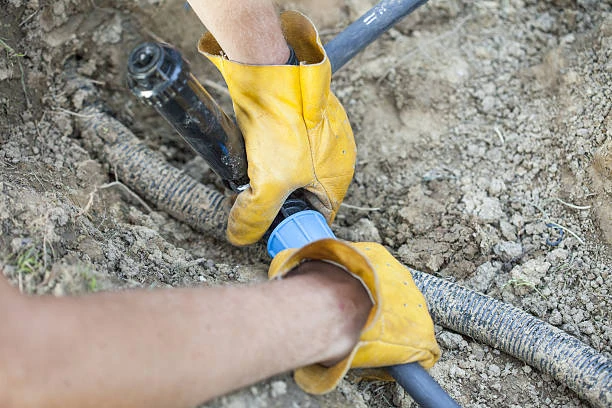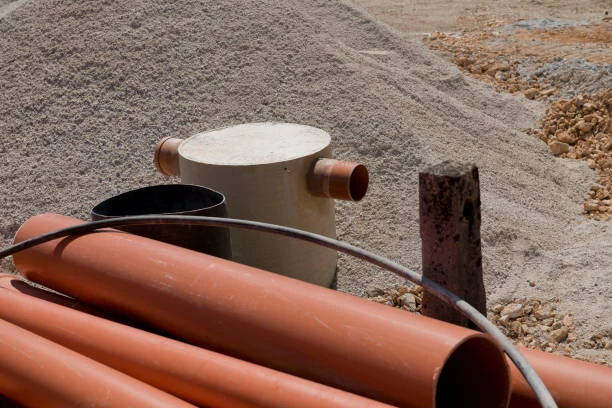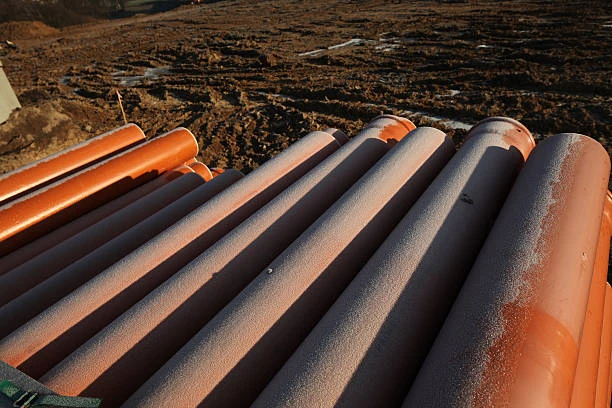Introduction
UPVC water pipe fitting have gained significant popularity for cold water applications. Known for their durability, cost-efficiency, and resistance to corrosion, UPVC fittings offer an ideal solution for residential, commercial, and industrial water systems. This article delves into the unique properties, types, installation methods, and benefits of using UPVC water pipe fitting specifically designed for cold water systems.
What Are UPVC Water Pipe Fittings?
Definition of UPVC Water Pipe Fitting
UPVC (Unplasticized Polyvinyl Chloride) water pipe fitting are essential connectors used to join, redirect, or seal pipes in a water system. They are designed to handle cold water efficiently, ensuring leak-proof and long-lasting connections.
Key Characteristics
- Non-Corrosive: Resistant to rust and chemical degradation.
- Pressure Resistant: Handles standard pressure ranges effectively.
- Lightweight: Easy to transport and install.
Applications of UPVC Water Pipe Fitting in Cold Water Systems
1. Residential Plumbing
UPVC fittings are widely used in homes for supplying cold water to bathrooms, kitchens, and gardens.
2. Agricultural Irrigation
Farmers rely on UPVC fittings for cost-effective and durable irrigation systems.
3. Commercial Establishments
UPVC water pipe fitting are used in hotels, offices, and malls for cold water distribution.
4. Industrial Cooling Systems
Industries use UPVC fittings in cooling systems due to their resistance to chemical exposure.
Types of UPVC Water Pipe Fittings
1. Elbows
Redirect pipes at 90° or 45° angles, commonly used to fit into tight spaces.
2. Couplings
Join two straight pipes of the same diameter, ensuring a seamless flow of water.
3. Tees
Facilitate branching by splitting one pipe into two.
4. Reducers
Connect pipes of different diameters while maintaining flow efficiency.
5. End Caps
Seal the ends of pipes in inactive sections of the system.
6. Adapters
Allow transition between UPVC and other piping materials like metal or CPVC.
7. Ball Valves
Control water flow within the system, offering easy shutoff options.
Why Choose UPVC Water Pipe Fittings for Cold Water Applications?
1. Corrosion Resistance
UPVC fittings do not corrode, even when exposed to harsh environmental conditions or chemicals.
2. Durability
These fittings maintain their structural integrity for decades, reducing the need for frequent replacements.
3. Ease of Installation
Their lightweight nature and straightforward assembly processes make installation hassle-free.
4. Cost-Effectiveness
UPVC fittings offer a low-cost solution without compromising quality or performance.
5. Eco-Friendly Option
UPVC is recyclable, contributing to sustainable water management practices.
How to Install UPVC Water Pipe Fittings for Cold Water Systems
1. Gather Necessary Tools
- PVC pipe cutter
- Solvent cement
- Cleaning cloth
2. Cut the Pipe
- Use a PVC cutter for a clean, straight cut.
- Smooth the edges using sandpaper to avoid obstructions.
3. Clean the Surfaces
- Wipe the pipe and fitting ends with a clean cloth.
- Apply a cleaning solution to remove grease or dust.
4. Apply Solvent Cement
- Spread a uniform layer of cement on the outer surface of the pipe and the inner surface of the fitting.
5. Join the Fitting
- Insert the pipe into the fitting, rotating slightly to ensure even cement distribution.
- Hold for a few seconds to let it set.
6. Allow Time to Cure
- Leave the joint undisturbed for 24 hours before pressurizing the system.
Advantages of UPVC Water Pipe Fittings for Cold Water Applications
1. Leak-Proof Connections
Precision engineering and solvent bonding eliminate leaks.
2. Temperature Resistance
UPVC handles temperature variations without cracking or warping.
3. Low Maintenance
Once installed, these fittings require minimal upkeep.
4. Compatibility with Multiple Systems
UPVC fittings adapt easily to various cold water systems.
Comparison with Other Materials
1. UPVC vs. CPVC
- UPVC is best for cold water, while CPVC can handle hot water systems.
2. UPVC vs. Metal Fittings
- UPVC fittings are lighter, non-corrosive, and easier to install compared to metal alternatives.
3. UPVC vs. HDPE
- While HDPE offers flexibility, UPVC provides better rigidity and pressure tolerance.
Maintenance Tips for UPVC Water Pipe Fittings
1. Regular Inspections
Check for any signs of wear, cracks, or leaks.
2. Avoid Overloading
Do not expose UPVC fittings to pressures beyond their rated capacity.
3. Clean the System
Flush the system periodically to prevent sediment buildup.

Future Trends in UPVC Water Pipe Fittings
1. Smart Systems Integration
IoT-enabled fittings for advanced monitoring and leak detection are gaining traction.
2. Eco-Friendly Manufacturing
Efforts are underway to produce UPVC fittings with a smaller carbon footprint.
3. Enhanced Durability
Ongoing research aims to improve the performance of UPVC materials in extreme conditions.
Conclusion
UPVC water pipe fitting are an excellent choice for cold water applications due to their durability, cost-efficiency, and ease of installation. From residential plumbing to industrial cooling systems, they meet diverse requirements with reliability and efficiency. By choosing UPVC fittings, users can benefit from long-lasting performance, reduced maintenance, and significant cost savings.
FAQs
1. Why are UPVC water pipe fittings ideal for cold water systems?
Their corrosion resistance, durability, and cost-effectiveness make them suitable for cold water applications.
2. Can UPVC fittings handle high water pressure?
Yes, UPVC fittings are designed to manage standard water pressure ranges effectively.
3. How long do UPVC water pipe fittings last?
With proper installation and care, they can last over 50 years.
4. Are UPVC fittings eco-friendly?
Yes, UPVC is recyclable and contributes to sustainable water management practices.
5. Can UPVC fittings connect to other piping materials?
Yes, adapters and threaded fittings allow compatibility with materials like metal or CPVC.


















